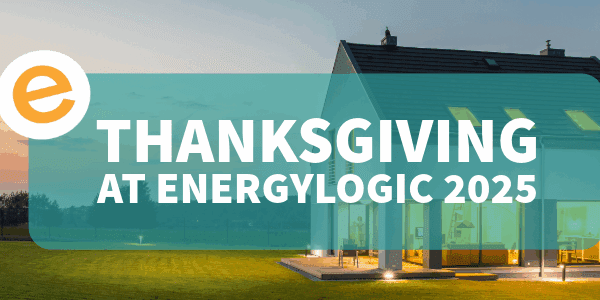Why Blower Door Testing Is Now Essential for Commercial Projects


Published July 17, 2025
For energy efficiency, comfort, and code compliance
Blower door testing is a critical step in ensuring commercial buildings meet energy performance standards. A well-sealed building envelope reduces energy consumption, enhances comfort, improves indoor air quality, and protects the structure from moisture related issues. As jurisdictions across the country continue to adopt the 2021 and 2024 versions of the International Energy Conservation Code (IECC), blower door testing is being required for more buildings to obtain their Certificate of Occupancy. For large spaces where uncontrolled air leakage can lead to significant energy waste and performance issues, testing the building envelope is essential to achieving long-term operational efficiency and ensuring building longevity.
EnergyLogic will soon conduct a blower door test on an 11,000-square-foot gymnasium built by Mayan Construction for the Rocky Mountain Lutheran High School Association. The test will take approximately six hours for two certified energy raters to perform and will utilize two or three blower door fans, based on calculations by our Commercial Project Manager, Rob Alcenius. To prepare for the test, key air sealing measures should be addressed, including sealing all penetrations in the thermal envelope.
As codes continue to get greener, blower door testing is no longer just a best practice but a requirement. We encourage builders, architects, and trades to prioritize air sealing early in the construction process. Air sealing plan reviews and air sealing inspections are helpful to identify and correct any potential issues before it is too late. A successful test not only supports code compliance but also delivers long-term benefits in energy efficiency, occupant comfort, and building durability.








